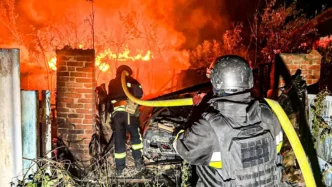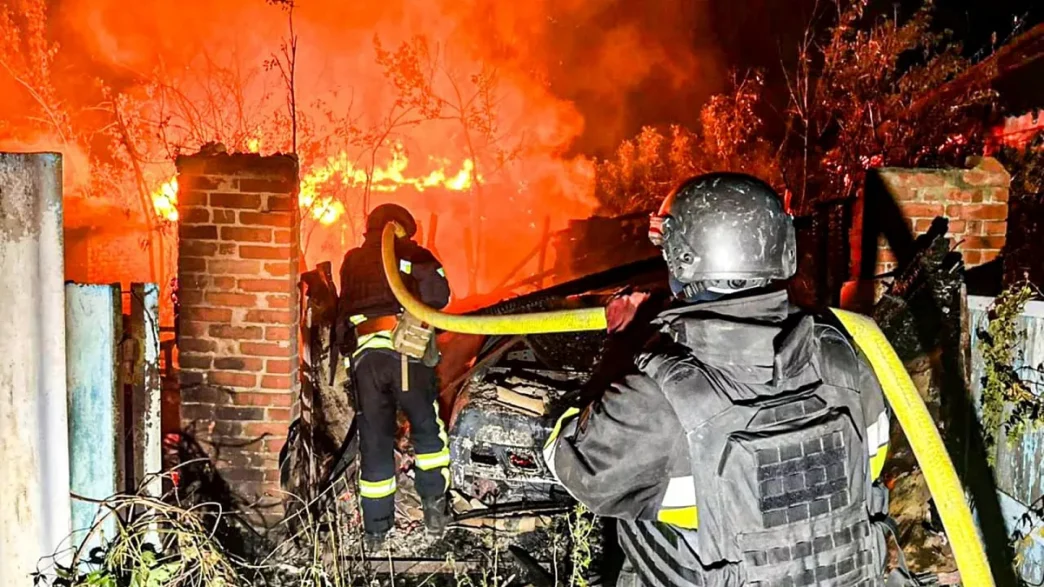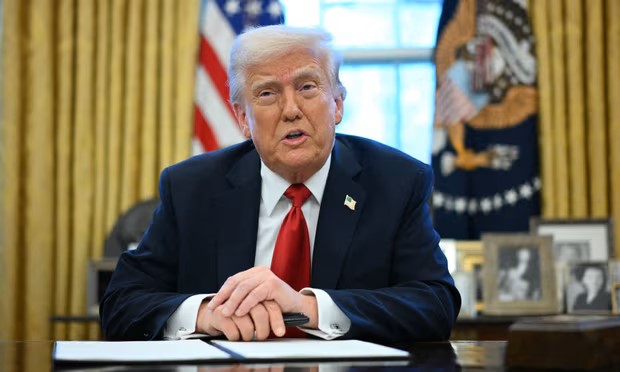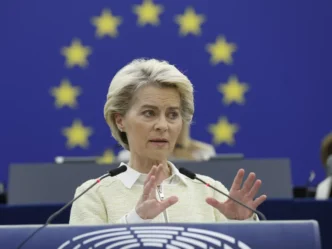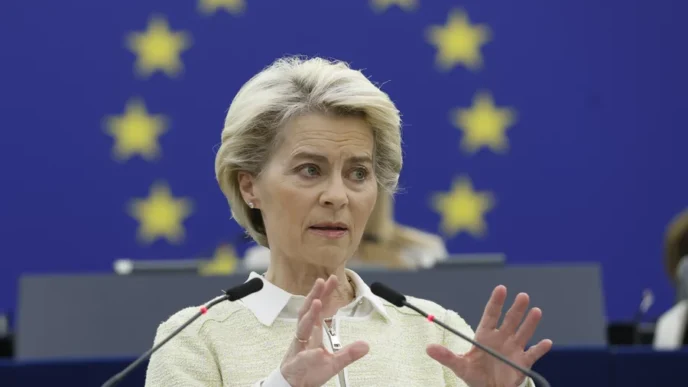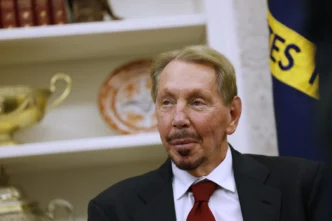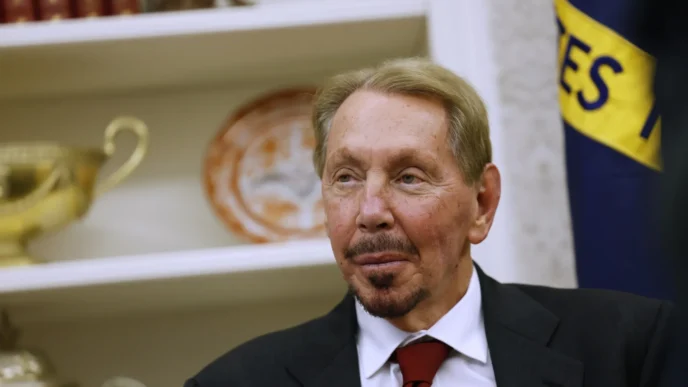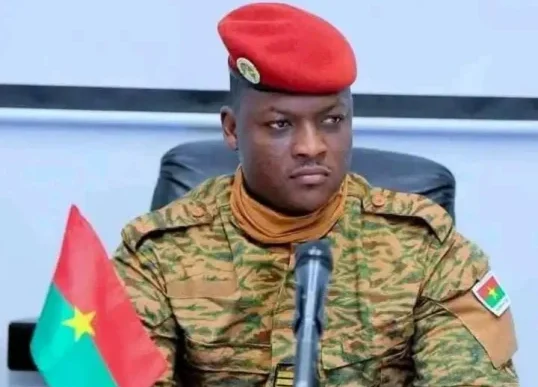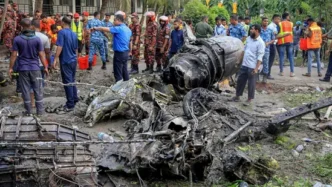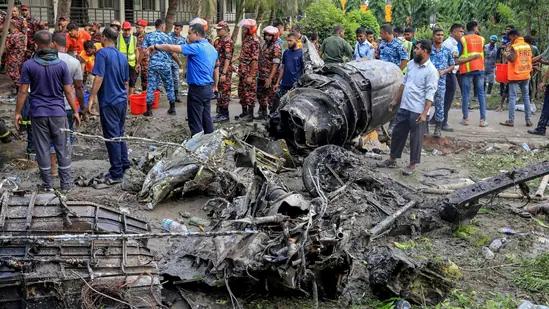Russia launched a massive attack on Ukraine early Wednesday, July 16, firing over 400 drones, artillery shells, and a ballistic missile.
The wave of violence came in open defiance of U.S. President Donald Trump’s recent ultimatum to Moscow to strike a peace deal or face harsher sanctions.
Ukrainian officials confirmed that the strikes killed one woman and injured more than 25 people across several regions.
In a particularly devastating blow, a missile struck Ukrainian President Volodymyr Zelensky’s hometown of Kryvyi Rih, cutting off water and electricity for thousands.
The overnight assault followed Trump’s statement just two days earlier, where he warned Russia to end its three-year invasion of Ukraine within 50 days or risk facing new U.S. sanctions.
However, no peace talks have been scheduled since the last round of negotiations ended over a month ago.
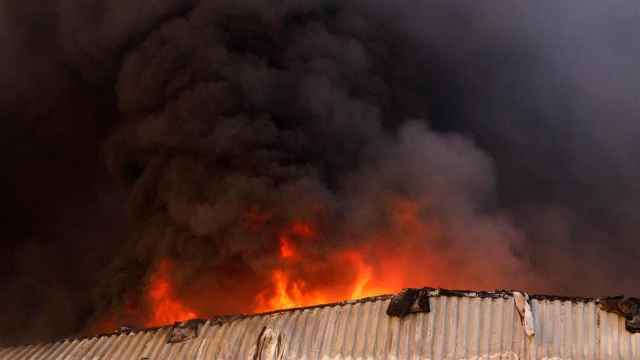
According to Ukraine’s air force, the Kremlin deployed at least 400 drones including Iranian-made Shahed models—alongside an Iskander ballistic missile launched from Russian-occupied Crimea.
Mayor Oleksandr Vilkul of Kryvyi Rih confirmed the damage and rising toll, saying, “This has never happened before a ballistic missile and 28 Shaheds simultaneously,” in a statement posted to Telegram.
In Vinnytsia, eight people were wounded following drone strikes.
Kharkiv, Ukraine’s second-largest city, recorded three injuries.
In Kryvyi Rih, 15 more were wounded, including a 17-year-old boy who remains in serious condition due to abdominal injuries.
Meanwhile, on Monday, President Trump announced he had finalized a NATO deal to send additional American air defense systems and weapons to Ukraine.
He expressed frustration that “Russia’s unwillingness to accept a ceasefire” had forced more aggressive diplomatic and military efforts.
Despite U.S. and NATO involvement, Moscow has pressed ahead with renewed ground offensives.
Furthermore, Washington-mediated ceasefire efforts have stalled. The absence of dialogue has left room for violence to escalate unchecked.
